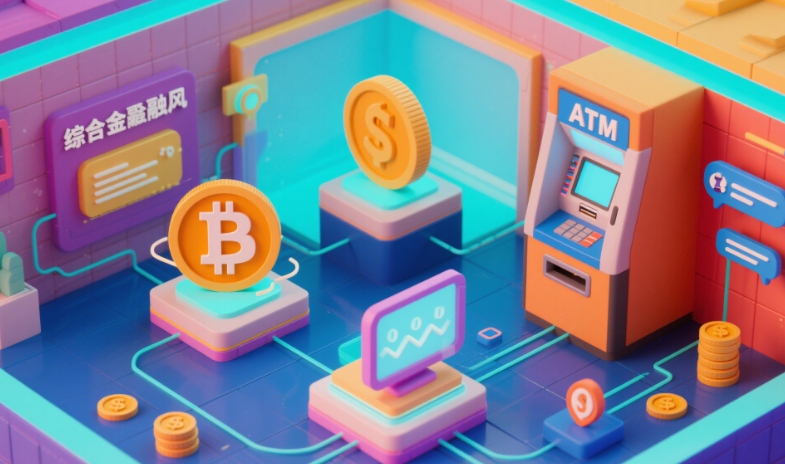Hey, new friends in the crypto world! Have you just stepped into this world full of opportunities and challenges and got completely confused by all those professional terms? Things like spot trading, futures trading, and today's topic - delivery contracts and perpetual contracts. Don't worry! Today, I'll take you on a deep dive into the differences between these two types of contracts, so you can avoid detours on your crypto investment journey.

First, let's take a look at delivery contracts. A delivery contract is like an agreement with a clear deadline. When the contract is signed, both parties determine a specific future time for delivery, which means buying or selling Bitcoin at the agreed - upon price. This delivery time is like a "due date." When that time comes, the contract must be executed. For example, if you buy a Bitcoin delivery contract that expires in March in January, then in March, no matter what the market price of Bitcoin is at that time, you have to trade at the price stipulated in the contract.
The advantages of delivery contracts are obvious. They allow investors to have a clear expectation of future transactions, knowing when and at what price they will buy or sell Bitcoin. Moreover, due to the delivery time limit, the price tends to be closer to the spot market price, reducing the possibility of price manipulation. However, it also has its drawbacks. If there are significant changes in the market before delivery, such as a sharp drop in the price of Bitcoin, and you hold a long - position contract, you may suffer substantial losses. Also, when the delivery time arrives, you must complete the delivery, which limits your trading flexibility.

Next, let's talk about perpetual contracts. The biggest difference between perpetual contracts and delivery contracts is that they have no delivery time. It's like a game with no end. As long as you want, you can hold the contract indefinitely. The price of perpetual contracts is linked to the spot price through the funding rate. The funding rate is determined by the supply - and - demand relationship between long and short positions. If the demand for long positions is strong, the funding rate will be positive, and long - position holders need to pay fees to short - position holders. Conversely, if the demand for short positions is strong, the funding rate will be negative, and short - position holders need to pay fees to long - position holders.
The advantage of perpetual contracts lies in their flexibility. You don't have to worry about the contract expiring and can adjust your position at any time according to the market conditions. Also, due to the absence of a delivery time limit, they can offer higher leverage, giving you the opportunity to earn higher returns. However, high leverage also means high risk. If the market moves against you, your losses will be magnified exponentially. Additionally, the existence of the funding rate will increase your trading costs.

So, how should you choose between delivery contracts and perpetual contracts? It depends on your investment goals and risk tolerance. If you are a conservative investor who wants a clear expectation of transactions, then delivery contracts may be more suitable for you. They can help you control risks to a certain extent and avoid excessive losses due to sharp market fluctuations. If you are an aggressive investor who pursues high returns and has a strong risk tolerance, then perpetual contracts may better meet your needs. Their flexibility and high leverage can allow you to get higher returns when the market is favorable.
In conclusion, both delivery contracts and perpetual contracts have their own advantages and disadvantages. As a newbie in the crypto world, you need to fully understand their differences and make a choice based on your actual situation. On the investment journey, you must act cautiously and not blindly follow the crowd. Only in this way can you move forward steadily in this volatile crypto world.
















No comments yet